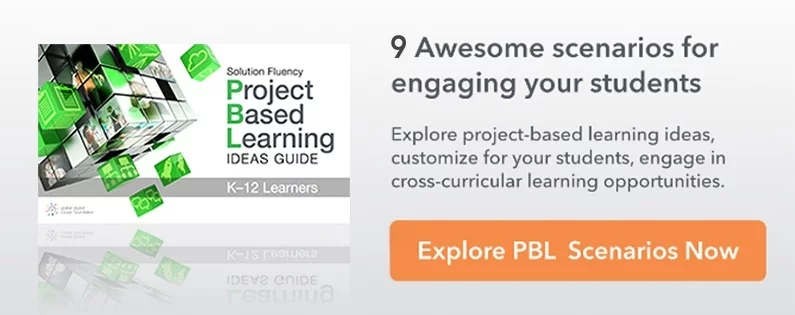Students and Multitasking: Finding a Balance [Infographic]
How many times have you seen a student tackling several things at one time? They're chatting, texting, researching, updating Facebook, Tweeting, and snapping photos. It makes you tired just watching them do it all, sometimes. Enter the hotly-debated sport of multitasking, a hallmark of modern digital life.
Think about the average length of a regular school or college class—roughly 60 to 90 minutes. Numerous studies stress that the average student's attention span is 10 to 15 minutes.
It also depends on the time of day, the weather, how the student is feeling that day and other factors. That means that a teacher has a very short window to grab that student's attention and hold it or they're gone. Well, the universe abhors a vacuum.
A connected student, when disconnected, will often begin to fill that void with other tasks to occupy their brains—sometimes all at once.
Click Here To TweetHere's a question: since we all do it, is it such a bad thing? The answer is both 'yes' and 'no' when it comes to this. In moderation multitasking is perfectly normal and can even be somewhat productive. But if taken to the extreme, as posited by the wonderful infographic from Fuze located below, the consequences can be disastrous.

What's a Teacher to Do?
Students are instinctive multitaskers, largely due to the nature of the personal technology they use daily. It's fast, easy, interactive, engaging, and it connects them with an entire world of both learning and entertainment. We need to find a way to give these experiences to our students in the everyday classroom, with a focus on mindful "task switching" (which is probably a much better term for what we call multitasking.) The goal should be to find ways to balance continuous partial attention with focused concentration.
The best way to do this—to hone the task-switching skill, that is—is to be in environments that are cognitively stimulating as well as socially engaging.
Today's teachers are looking more and more towards fostering the kinds of classroom experiences that welcome multitasking as an occasional indulgence for digital students, and in a way that supports learning as opposed to detracting from it. With a balance between task-switching and focused attention in play, the classroom becomes the place where play can be productive and learning becomes joyful—even with the focus in more than one place.

